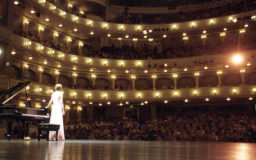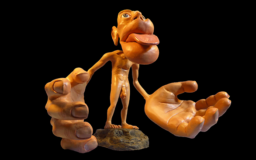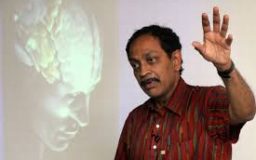Topic
-
Kreisleriana
In Light Sonata, Lili commands Rupert to go mad while playing Kreisleriana. Here’s a real performer doing exactly that.
-
The Cliburn
Throughout Light Sonata, an international piano competition looms in the background—a ticking clock for Rupert, Charlie, and Baxter. Here’s what a real one looks like.
-
Homunculus
In Light Sonata, Baxter uses this little guy to help Charlie understand Rupert’s madness in playing the piano. Why are this little guy's hands and face so huge? And what’s he doing in our brains? Read how he led to one of the great discoveries in neuroscience.
-
Hallucination or Imagination?
In Light Sonata, Rupert hallucinates, yet his hallucinations are intricately bound to his piano playing. See what world-famous Oliver Sacks has to say.
-
Mirror Neurons & the Birth of Civilization
Mirror Neurons have been hailed as "the neurons that built civilization." As neurons of empathy, they feature in Light Sonata as a partial explanation for why musical performances exist.
-
Phantom Limbs & Synesthesia
In Light Sonata, Baxter uses new understandings from neuroscience to help Charlie rethink Rupert's extraordinary madness. Watch how they are helping real patients.
-
Telipogon Diabolicus
One of the loveliest moments in a writer’s life is discovering an analogy from the natural world to express complex traits of a character—and one of my favorites is the orchid telipogon diabolicus for Light Sonata. Read more about it.
-
A human the size of Barbie?
In Light Sonata, Rupert feels so small he sees Lili as a giant. A delusion? Or body illusion? Could a sane mind possibly feel as small as Barbie? See this real experiment to find out.








